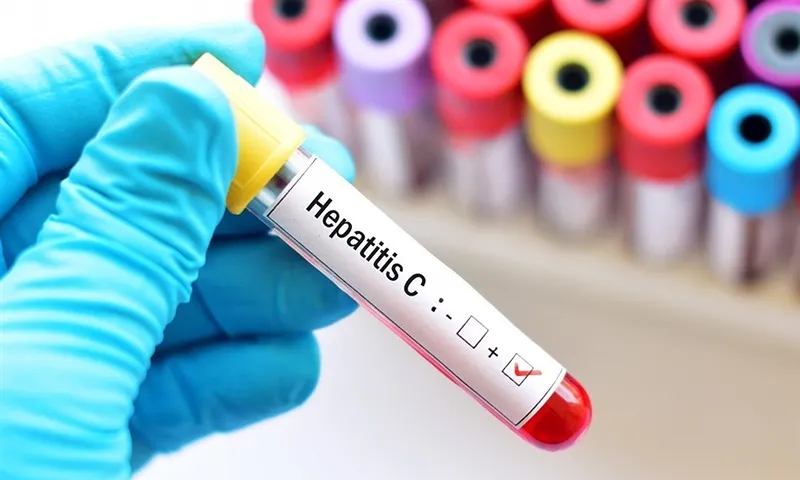By Muhammad Suleman
Pakistan has highest Hepatitis C disease burden in the world with approximately 8.8 million cases with the disease according to new report released by World Health organization (WHO).
According to this report overall, Pakistan accounted for the fifth highest number of cases of hepatitis B and C in 2022 with 12.6 million. Hepatitis is an inflammation of liver that can cause a range of health problems and can be fatal.
Pakistan which was fifth in viral hepatitis burden, registered 3.8 million hepatitis B cases in 2022 while the number of hepatitis C stood 8.8 million. The report said that with a total of 12.6 million cases, Pakistan accounted for 4.4 % of the total disease burden globally that year.
Pakistan accounted for the 1st highest number of hepatitis C in 2022 with 8.8 million cases report further said. Pakistan accounted for 17.8 % of the total Hepatitis C disease burden globally that year.
The estimated contribution of unsafe medical injections to hepatitis C transmission was derived from data in 60 countries that represent about 45% of the world’s population. Unsafe medical injections are estimated to contribute 13.8% (8.8––19.8%) of new hepatitis C infections globally, with regional variation.
Pakistan accounts for 44% of all new hepatitis C infections attributed to unsafe medical injections in these 60 countries. For hepatitis C, six countries – China, India, Indonesia, Pakistan, Russian Federation and United States of America – represent 50% of the global burden۔
These infections can be prevented through safer medical injection practices at all levels of health systems.
According to report in Eastern Mediterranean region Hepatitis B incidence is 15068 in Pakistan and 10260 patients died caused by Hepatitis b infection in 2022 while 29.1 % diagnosis end of 2022 and treatment coverage was just 3.4 %. Report further said that hepatitis C incidence was 110,000, while 24847 people lost their lives due to liver failure, diagnosis coverage was 36 percent while 20 percent of them had received treatment end of 2022.
According 2024 Global Hepatitis Report, the number of lives lost due to viral hepatitis is increasing. The disease is the second leading infectious cause of death globally — with 1.3 million deaths per year, the same as tuberculosis, a top infectious killer.
New data from 187 countries show that the estimated number of deaths from viral hepatitis increased from 1.1 million in 2019 to 1.3 million in 2022. Of these, 83% were caused by hepatitis B and 17% by hepatitis C. Every day, there are 3500 people dying globally due to hepatitis B and C infections.
Updated WHO estimates indicate that 254 million people live with hepatitis B and 50 million with hepatitis C in 2022. Half the burden of chronic hepatitis B and C infections is among people 30–54 years old, with 12% among children under 18 years of age. Men account for 58% of all cases.
New incidence estimates indicate a slight decrease compared to 2019, but the overall incidence of viral hepatitis remains high. In 2022, there were 2.2 million new infections, down from 2.5 million in 2019.
These include 1.2 million new hepatitis B infections and nearly 1 million new hepatitis C infections. More than 6000 people are getting newly infected with viral hepatitis each day.
Across all regions, only 13% of people living with chronic hepatitis B infection had been diagnosed and approximately 3% (7 million) had received antiviral therapy at the end of 2022. Regarding hepatitis C, 36% had been diagnosed and 20% (12.5 million) had received curative treatment.
For hepatitis C, six countries – China, India, Indonesia, Pakistan, Russian Federation and United States of America – represent 50% of the global burden. If the response is not scaled up, viral hepatitis infections, viral hepatitis–related cancer cases, mortality and costs will increase for the next generation.
The author can be reached via Email: msani117@gmail.com




